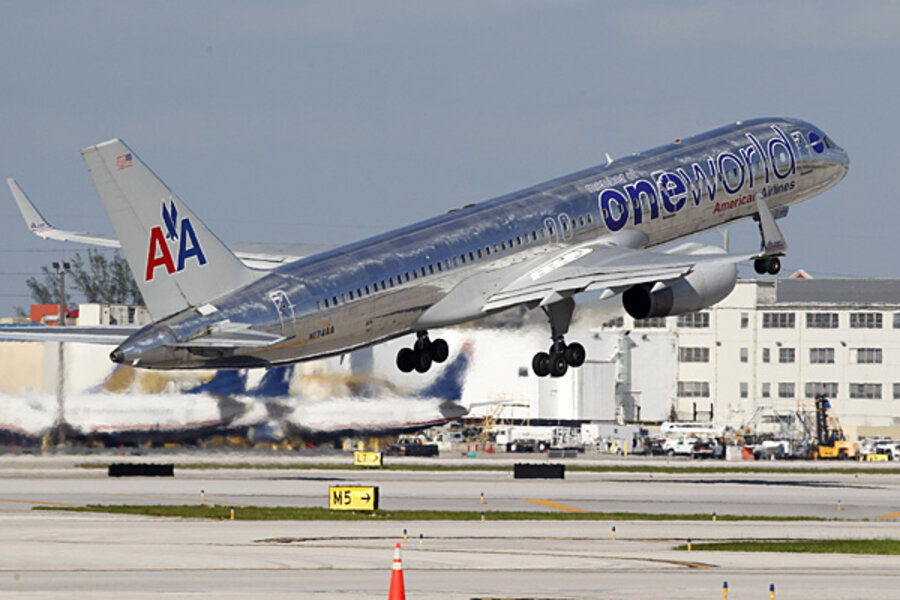How to travel on the cheap
Loading...
Next month, I’m traveling from Des Moines to Indianapolis and making a return trip about five days later.
At first glance, it makes a lot of sense to fly. It would take me from Des Moines through Chicago to Indianapolis in about four and a half hours. Alternately, I could drive this trip and it would take eight hours. The same is (essentially) true of the return flight, as my total flying time would add up to about ten hours whereas driving time would add up to sixteen. Flying saves me six hours of travel time.
Also, I could get a round trip ticket for this route for about $130.
If I were to drive, the full round trip would put about 1,000 miles on my vehicle. Assuming it gets about 20 miles to the gallon (which is a good estimate), that would be 50 gallons of gas, which, at $3.50 per gallon, adds up to $175 right there. That doesn’t even include the maintenance costs and depreciation.
Flying is a no-brainer, right?
Not necessarily.
For starters, I am able to carpool on this trip. I have four people who will be riding with me and sharing the driving costs. Let’s say each of them contributes $40 toward gas, which is reasonable. That adds up to $160 off of the fuel cost, dropping my personal fuel cost down to $15. Of course, there’s maintenance and other expenses on top of that, but that’s a significant reduction.
Another factor is that I now have plenty of space to bring food items for the trip. I’ll be taking along breakfast and lunch foods for the entire time I’m in Indianapolis. It would be difficult to do this if I were flying, as it would require additional luggage. I would almost certainly have to check a bag to pull this off.
Bringing along my own food to cover most of the meals will save me at least $20 a day while I’m there, adding up to $100. That savings would be significantly reduced if I had to pay to check a bag.
Car travel also has the bonus of flexibility. If the group decided by consensus that it would work better for everyone to leave two hours earlier or later, then it can easily be done. Not so with a flight.
For these reasons, car travel seems like the best option for this trip. However, it’s not the best option for every trip.
What about train travel? Not only would I have to drive at least an hour to the nearest train station, there are no tickets that get me to Indianapolis in less than eleven hours each way. It’s substantially slower than car travel and, although it saves me a little bit of money, it doesn’t save me much as compared to other travel options. For this trip, given the availability of carpooling, travel by car wins out.
Here are my rules of thumb when it comes to figuring out how to travel.
Airplanes are the best option if you’re traveling alone, your trip can be planned far in advance, the distance is significant (more than a few hundred miles), and every hour is vitally important.
Trains are the best option if cost is the top factor and time is a small factor. If you don’t mind taking a long time to get there, trains can be very cheap.
Cars are the best option if you’re traveling with a small group, a bit of extra storage space is really useful, and a balance of time and money is desired.
Each trip is different, so it’s worth looking at all of the options and figuring out which one best meets your needs. I have used all three options in the past for various trips and each option has advantages and disadvantages.








